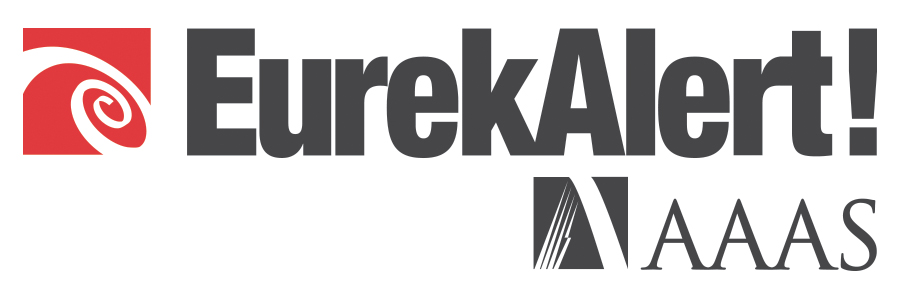
Gamma-sarcoglycanopathy (LGMD2C) is one of the most common limb-girdle myopathies. It affects less than 10 people per 1,000,000 and is characterized by progressive muscle weakness in the pelvis (pelvic girdle) and shoulders (scapular girdle), linked to mutations in the SGCG gene encoding gamma-sarcoglycan. There is currently no cure for this neuromuscular disease.
In this study, Isabelle Richard’s team:
- demonstrated the concept of systemic gene therapy treatment: an AAV8 drug vector expressing deficient gamma-sarcoglycan allowed the protein to be reexpressed in the treated muscle after injection in mouse models of the disease,
- determined the effective treatment dose: Three different doses were tested. The drug vector restored, with the highest dose, an almost complete expression of the deficient SGCG gene. The researchers observed that the proportion of corrected muscle fibres is less than 5% with the lowest dose, between 25% and 75% with the intermediate dose and between 75% and 100% with the highest dose (see figure)
In addition, the researchers also observed the consequences of physical exercise on muscle fibres and found that at the highest dose the treatment allows the treated muscle fibres to resist stress.
“This study is the result of several years of work. Indeed, we had already tested another vector that proved to be well tolerated but with limited gene expression. Thanks to this work, we have determined the vector and dose that would be effective in patients and today we have the means to work on a clinical trial,” enthuses Isabelle Richard, lead author of the work.
In 2006, a first phase I gene therapy clinical trial, lead by Genethon, tested the efficacy of an AAV1 vector injected intramuscularly in nine patients. One month after injection, the researchers found that the product was well tolerated and that the therapeutic gene was present in patients treated at the highest dose but in limited quantities (Results published in Brain, January 11, 2012).
###
Publication : An AAV-SGCG A dose response study in γ-sarcoglycanopathy mouse model in the context of mechanical stress – David Israeli, Jérémie Cosette, Guillaume Corre, Fatima Amor, Jérôme Poupiot, Daniel Stockholm, Marie Montus, Bernard Gjata, Isabelle Richard
Affiliations : INTEGRARE, Généthon, Inserm, Université Evry, Université Paris-Saclay, 91002, Evry, France
About Généthon – //www.
Created and financed by AFM-Téléthon, Généthon aims to provide patients with innovative gene therapy treatments. Having played a pioneering role in deciphering the human genome, Généthon now employs close to 180 researchers, doctors, engineers and regulatory affairs specialists, and is one of the leading international centres for preclinical and clinical research and development in gene therapy treatments for rare diseases. 8 products resulting from Genethon’s research are currently being tested in the clinical trials.
About AFM-Téléthon – //www.
AFM-Téléthon is an association of patients and their relatives, committed to fighting disease. Thanks to donations from the Téléthon (€89.2 million in 2017), it has become a major player in biomedical research into rare diseases in France and across the world. Today, it supports clinical trials testing treatments for genetic diseases of the eyes, blood, brain, immune system and muscles. It is unlike other associations in that its laboratories have the ability to design, produce and test their own innovative therapies.
Free telephone number for affected families: 0800 35 36 37
Disclaimer: AAAS and EurekAlert! are not responsible for the accuracy of news releases posted to EurekAlert! by contributing institutions or for the use of any information through the EurekAlert system.

